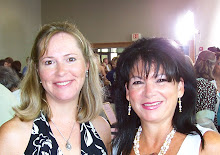 The city of Perugia is built on a hill-top some 500 metres high with the oldest part of the city dating back to Etruscan times. We visited the National Gallery of Umbria which houses the most important and complete collection of Umbrian painting, embracing a period from the early 13th to the late 16th century. We saw a number of important paintings by Perugino, who taught the famous Renaissance artist, Raphael. We ended our visit by painting the Fontana Maggiore (fountain) in the Piazza Quattro November, one of the most beautiful squares in Umbria.
The city of Perugia is built on a hill-top some 500 metres high with the oldest part of the city dating back to Etruscan times. We visited the National Gallery of Umbria which houses the most important and complete collection of Umbrian painting, embracing a period from the early 13th to the late 16th century. We saw a number of important paintings by Perugino, who taught the famous Renaissance artist, Raphael. We ended our visit by painting the Fontana Maggiore (fountain) in the Piazza Quattro November, one of the most beautiful squares in Umbria.On Monday, July 27th, we pack and get ready to leave on Tuesday, July 28th, for a long flight home.































